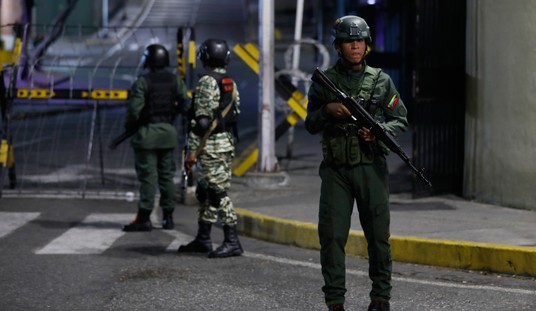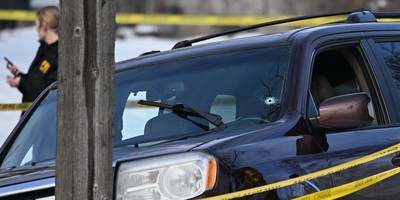Most people know the tragic state of black education today. We know that billions of dollars are spent on federal government programs such as No Child Left Behind and the billions spent by state and local governments. If you were to ask an education "expert" to explain the tragedy, you'd get answers such as racial discrimination and underfunding.
My colleague Dr. Thomas Sowell has written volumes on black education and an article worth reading is one he wrote some years ago in The Public Interest (Spring 1976) and reprinted in his book "Education: Assumptions Versus History."
Washington's Paul Laurence Dunbar Senior High School is one black school that Sowell writes about. From 1870 to 1955, most of Dunbar's graduates went off to college, earning degrees from Harvard, Princeton, Williams, Wesleyan and others. As early as 1899, Dunbar students had higher scores on citywide tests than students at any of the District's white schools. Dunbar's attendance records were generally better than those of white schools and its rate of tardiness was lower. Latin was taught throughout the period from 1870 to 1955 and in the early decades, Greek was taught as well. Large classes were the norm, 40 students per teacher. It was more than 40 years before Dunbar had a lunchroom, which was then so small that many children had to eat lunch on the street. Blackboards were old and cracked. It was 1950 before the school had a public address system. Most of the parents of Dunbar students worked in unskilled and semiskilled occupations. White-collar and professional parents totaled 17 percent.
Sowell also writes about Baltimore's Frederick Douglass High School, whose education tragedy was featured last June in the HBO documentary "Hard Times at Douglass High" and my column "Black Education" (July 23, 2008). Frederick Douglass was founded in 1883 as the Colored High and Training School before it was renamed in 1892. It survived for decades with inadequate support, located in a succession of hand-me-down buildings that whites had discarded, old textbooks used years before by white students, refinished desks from white schools, secondhand sports equipment and so on. Teaching styles at Douglass approximated those of rigorous colleges: discussion rather than lectures, reading lists rather than day-to-day assignments and papers rather than reliance on "objective" tests. The interest of teachers in the students was reciprocated by the parents. According to alumni, "The school could do no wrong" in the eyes of parents.
Recommended
Douglass produced distinguished alumni, such as Thurgood Marshall and Cab Calloway, as well as several judges, congressmen and civil rights leaders. Douglass High was second in the nation in black Ph.D.'s among its alumni. Dunbar High's distinguished alumni included U.S. Sen. Ed Brooke and physician Charles Drew. During WWII, Dunbar alumni in the Army included "nearly a score of Majors, nine Colonels and Lieutenant Colonels and a Brigadier General."
These successful black schools and others contradict what the "experts" say is needed to improve black education. Today's Dunbar and Douglass High schools' teachers and students have resources that would have been the envy of their predecessors. Class sizes today are a fourth of what they were yesteryear. What about the argument that segregated schools, as in Brown v. Board of Education, are inherently unequal? Or, as argued in Serrano v. Priest, that equalization of expenditures per student is essential for equal education. These observations are not arguments for segregation or unequal school financing; they merely challenge assumptions that have become gospel.
Former teachers and alumni, whom Sowell interviewed, said that the most basic characteristic of their school was law and order. Respect was the term most used to describe the attitudes of students and parents toward the schools. "The teacher was always right" was a frequently used phrase. Without a civilized learning environment, academic excellence is impossible no matter how much money is spent.
By the way, out of respect for these two great Americans, Frederick Douglass and Paul Laurence Dunbar, the two schools should be renamed Jesse Jackson and Al Sharpton High.

























Join the conversation as a VIP Member